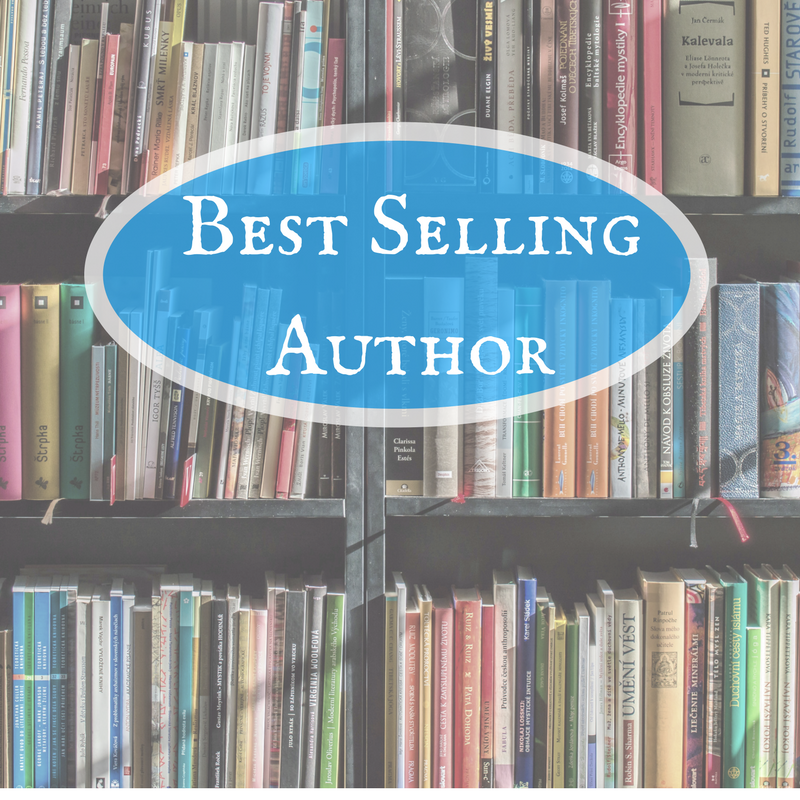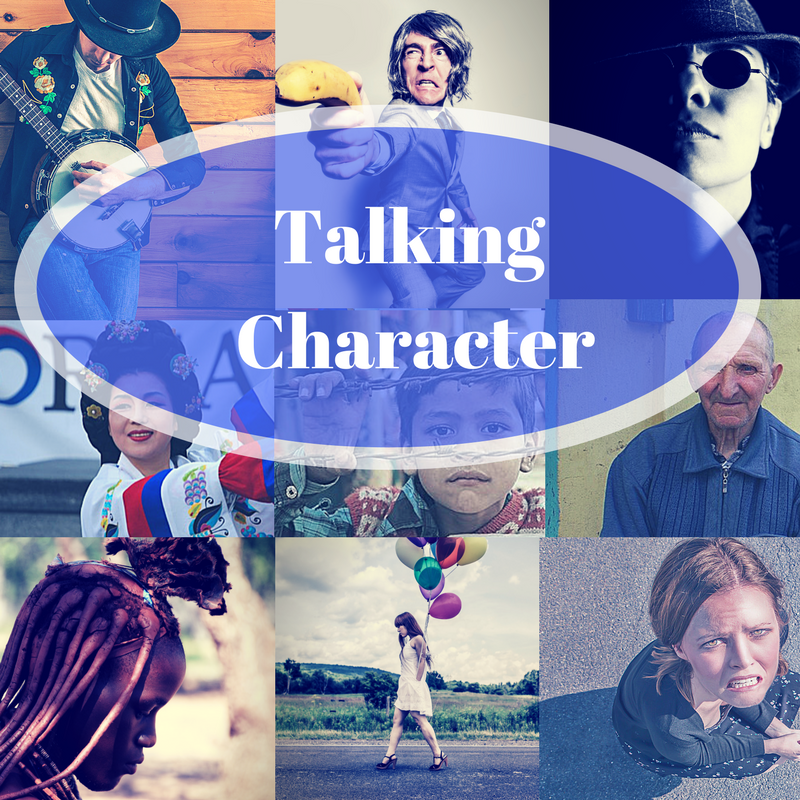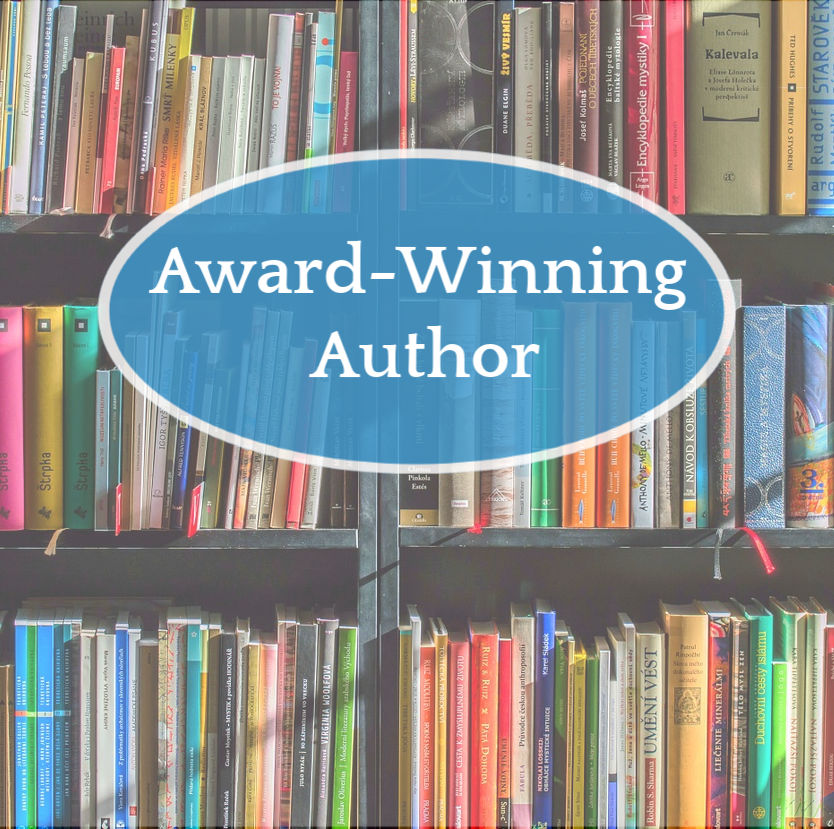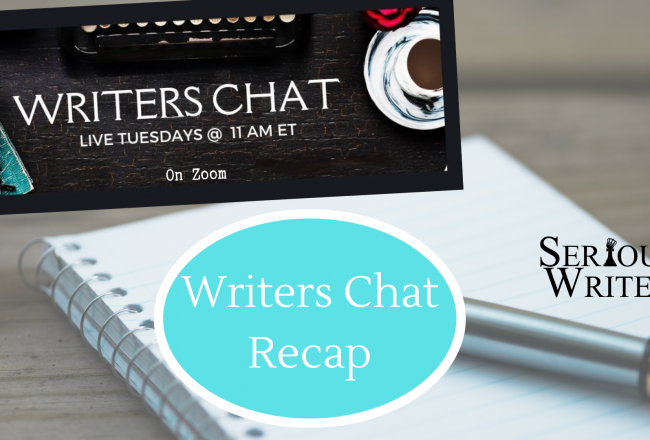
Writing for Magazines Provides Variety
Does your writing have a lot of variety? Or do you feel like you are writing the same type…
May 13, 2018
Does your writing have a lot of variety? Or do you feel like you are writing the same type…
May 13, 2018
Today’s book publishing market can be a dangerous place, with a lot of scam artists spouting confusing terminology. I…
May 12, 2018
When it comes to writing, wordsmiths sometimes hold back on the deeper emotion. While there are times that works—I…
May 11, 2018
The trend within the fantasy and sci-fi genres is to push for more detailed world-building within our stories. While…
May 7, 2018
I recently heard a discussion about pop culture “landmarks”– movies or television shows that have made a lasting impression…
May 6, 2018
Ever wondered how to help your audience catch your vision? Ever wondered if you even have a vision for…
May 3, 2018
Can you share a little about your recent book. The MANUAL TO MIDDLE SCHOOL is for boys making the…
May 1, 2018
We’ve all seen bad movies before. Films we couldn’t wait to see after watching a brief two or three…
April 29, 2018
Ideas on How to Blog How Often You Post Blogging takes consistent commitment. Whether you decide to blog once…
April 28, 2018
Since I became a copywriter, I have written for my own clients and for digital marketing agencies. Each arrangement…
April 27, 2018
If you’ve wondered how to make your writing pay, you’ll want to watch this Writers Chat with Scott Rutherford,…
April 26, 2018
Join Johnnie Alexander as she chats with Hannah Conway and Jolina Petersheim on Novelists Unwind. Introducing Hannah Conway Hannah…
April 26, 2018
The One Page Sell Sheet is like a mini resume. The sell sheet gives the agent or publisher pertinent…
April 25, 2018
Nobody’s perfect, right? True. Neither can your romantic hero be perfect. Choose a character flaw that will irritate your…
April 23, 2018
Okay. Most of you (myself included) admit it’s challenging and exciting to plan the next book. It must be…
April 22, 2018
In her book The Art of Characterization Fay Lamb proposes that writers “use the other elements of storytelling to…
April 21, 2018
It’s a rude awakening to discover your dream of becoming a writer has bloomed into a minefield of legal…
April 20, 2018
Yesterday I was pondering on the way to work – nothing specific, just talking to God and thinking. A…
April 19, 2018
You can learn a lot about a person by visiting their house or office. A writer can use that…
April 17, 2018
My critique group says my MG fiction is preachy. Now what? First let me say that I love my…
April 15, 2018
Imagine yourself in a race and the gun is ready to begin the race. The Starter Gun goes, BANG!…
April 13, 2018
Social media can change like the weather. In this brainy episode of Writers Chat, Victoria Duerstock shares how to…
April 12, 2018
Ever feel uninspired? I do. Frequently. Especially if I have a headache. Or didn’t sleep well. Or have the…
April 11, 2018
So you’ve published a book. You just launched it or you’re about to do so. What’s next? How do…
April 10, 2018
Throughout April and early May last year, in the lead-up to Blue Ridge Mountains Christian Writers Conference, writers flooded…
April 9, 2018



